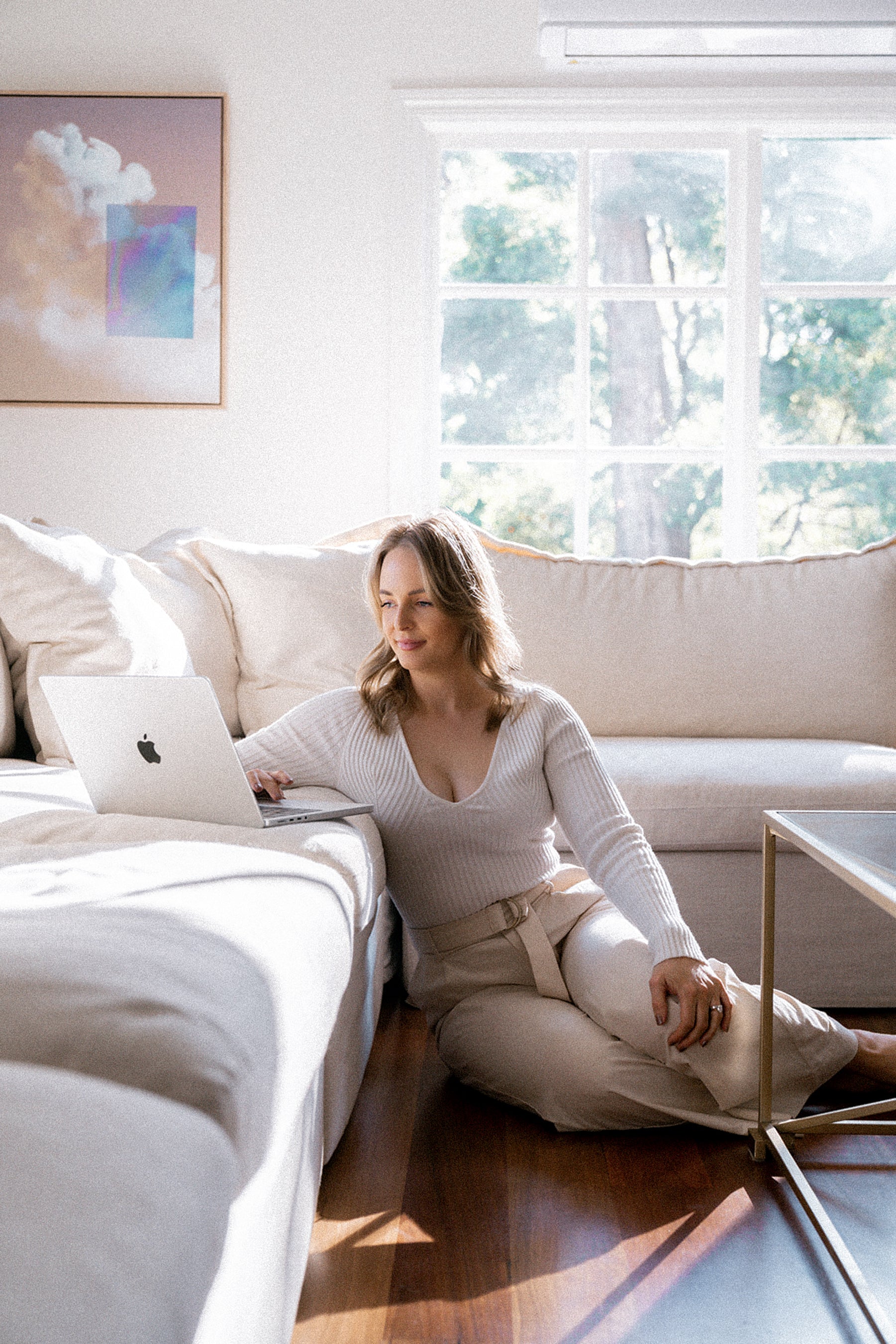Hanging artwork in your home is going to significantly level-up your home's interior design aesthetic, make your rooms beautiful, start countless converstaions, all while adding a magical energy to your space. However, hanging artwork can be daunting if you've never done it before!
In this guide, we will provide step-by-step instructions and helpful tips for hanging canvas art on various wall types, selecting the proper hooks, and determining the ideal height for the best visual impact.
So grap a cup of your favourite drink - and let's get stuck in.
Artwork featured: "Provence VI" on Canvas framed in Oak
Different walls require different hanging methods. Here's how to hang your canvas on various wall types:
Plasterboard and Gyprock Walls with Timber Framed Houses
Materials and Tools Needed:
- Art hook or D-ring hanger
- Stud finder
- Pencil
- Drill
- Screws suitable for timber studs
- Level
Step 1: Gather Your Materials
Before you begin, make sure you have all the necessary materials and tools. Choose an art hook or D-ring hanger that can support the weight of your artwork. Ensure you have screws appropriate for securing the hook to timber studs.
Step 2: Find the Studs with a Stud Finder
A stud finder is a crucial tool for locating the timber studs behind the plasterboard. Follow these steps:
- Turn on the stud finder and calibrate it according to the manufacturer's instructions.
- Place the stud finder on the wall and slowly move it horizontally until it indicates the presence of a stud.
- Mark the edges of the stud with a pencil.
Repeat this process along the wall where you intend to hang your artwork. Studs are typically spaced 16 or 24 inches apart, so once you locate one, you can estimate the position of others.
Step 3: Mark the Hanging Location
Once you've identified the studs, use a pencil to mark the desired height for your artwork. Consider factors like eye level and the overall aesthetic of the room. If you're hanging multiple pieces, mark the positions of all the hooks.
Step 4: Install the Art Hook
Now, let's install the art hook:
- Hold the art hook against the wall, aligning it with the marked spot.
- Drive screws through the hook and into the timber studs using a drill.
- Tighten the screws securely but avoid over-tightening, as this may damage the plasterboard.
Step 6: Check for Level
After securing the art hook, use a level to ensure your artwork will hang straight. Adjust the hook if necessary.
Alternative: Using Ramset Screws
If the timber studs are not conveniently located for your artwork, you can use Ramset screws designed for plasterboard:
- Mark the desired hanging location on the plasterboard.
- Follow the stud finder steps to avoid cables or pipes behind the plasterboard.
- Use Ramset screws and a drill to secure the art hook directly into the plasterboard. These screws are designed to provide a strong hold.
Solid Brick or Concrete:
- Utilize masonry screws and anchors, you can find these at your local hadware store.
- Pre-drill holes using a hammer drill to make installation easier.
- Ensure the screws are tightly secured in the wall for stability.
Determining the Ideal Height:
The height at which you hang your artwork can significantly impact its visual appeal. Consider the following guidelines:
- Eye Level Rule: Hang the centre of the artwork at eye level, roughly 57 to 60 inches from the floor.
- Above Furniture: When hanging artwork above furniture, ensure it is around 6-8 inches above the piece to create a cohesive look.
- Gallery Wall Height: Maintain a consistent height across multiple pieces in a gallery wall for a polished appearance.
Additional Tips:
- Levelling: Use a level to ensure your artwork is straight. It's a small detail that can make a big difference.
- Grouping Artwork: For multiple pieces, arrange them on the floor first to find the most visually appealing layout before hanging them.
- Consider Weight: Always check the weight capacity of your chosen hardware to prevent accidents and damage to your walls.
By selecting the right hardware, identifying your wall type, determining the ideal height, and following these practical tips, you'll transform your space into a gallery that showcases your unique style and will make your home even more beautiful than it is now. Enjoy the process and let your artwork become a focal point that brings joy and inspiration to your home.



Leave a comment